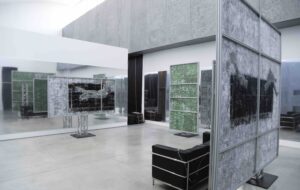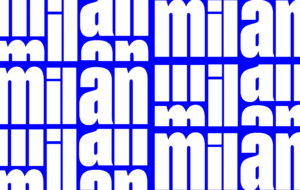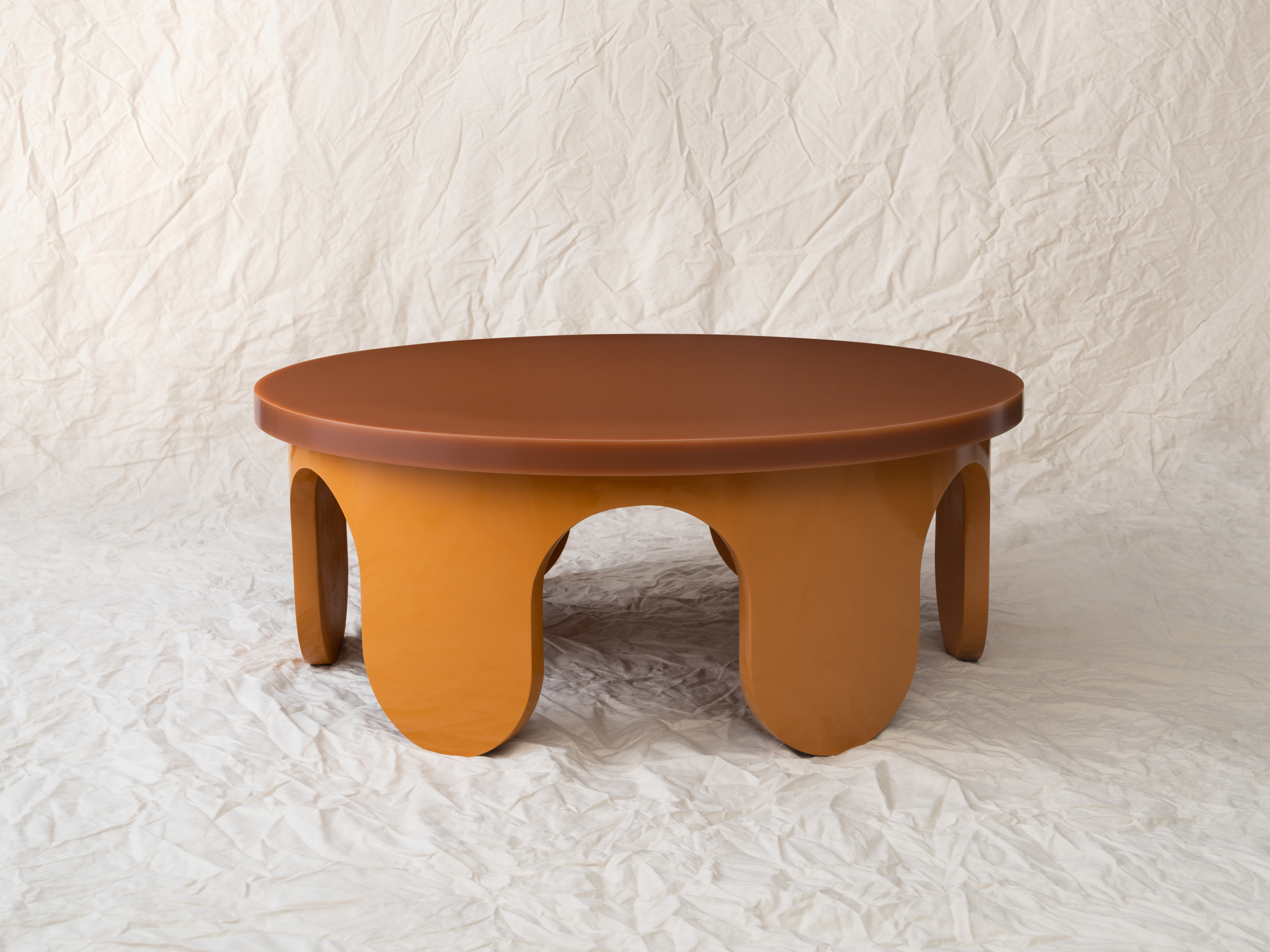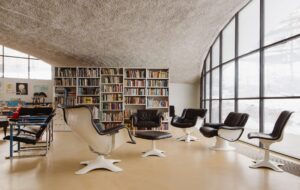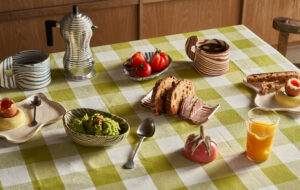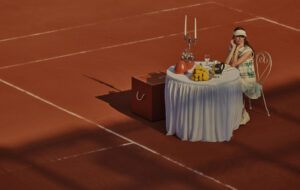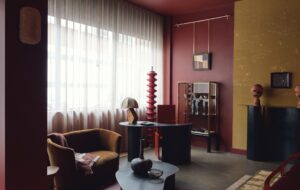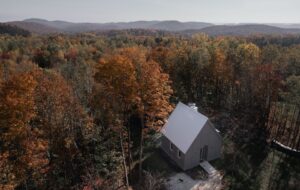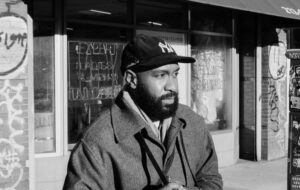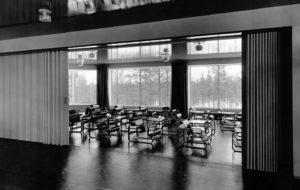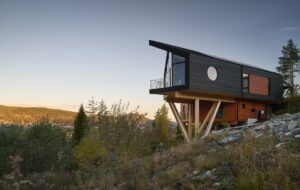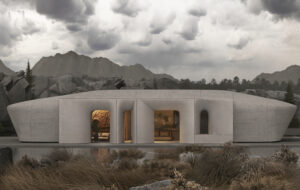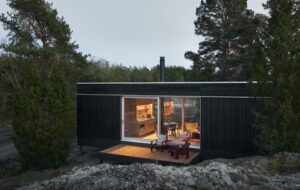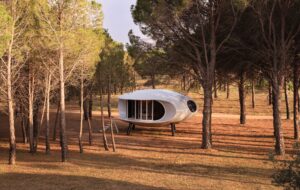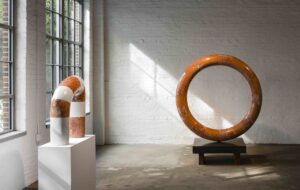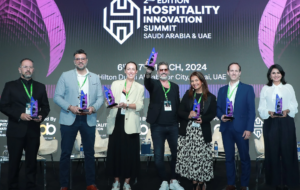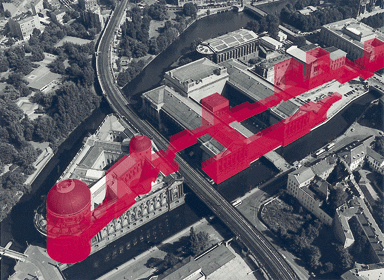
words Daniel Miller
Today the museum has become inescapable. Thirty-five thousand presently exist in the world, and the curatorial circle has closed to the point where museums host shows about… museums. Art Centre Basel’s travelling caravan show, Museums in the 21st Century, is the latest such nested doll. Similar to their earlier road show, Museums for a New Millennium, which showcased the museum architecture of the 1990s, the current show checks off the list of this decade’s star attractions.
The exhibition – which has been on the road since 2006 and will tour to Denmark, Norway and the US after its current stint at Berlin’s Pergamon Museum – shows 27 different designs ranging in scale and prestige from Frank Gehry’s dead-in-the-water Corcoran expansion to more modest structures like the Australian Centre for Contemporary Art. Along the way, many of the major starchitects of the moment (Libeskind, Coop Himmelb(l)au, Hadid etc) make some kind of appearance. The format is that of the dog show, with each show-hound being paraded in turn through sketches, photography, models and films. The limitation of this approach is that the context surrounding these structures is never really addressed. This is a shame, since it is surely on this point that the main interest lies.
For better or worse, the museum has changed. After the tremendous success of a certain work in Bilbao, which turned a minor Basque seaport into an international tourist magnet with a single titanium stroke, circumstances have combined to create a global museum boom that has in some sense articulated a whole new urban concept. The museum has become a cornerstone of both an international marketing programme and an urban renewal strategy, as a new class of super-rich with money to burn has moved into the endowment game, and as the middle and upper-middle classes have reclaimed city centres after years of white flight and suburbanisation.
Visual culture has played a key part in the process, forming the strategic pivot of a frappuccino-fuelled urbanism, with the new museum, and its suitably expanded cafe and bookshop facilities, serving as the tactical pivot. Shaking off its traditional, plundered-imperial-loot-showing function – a role played supremely, incidentally, by the marble statue-lined Pergamon Museum itself – the museum has morphed into a specialised kind of place-making beachhead, closer to a work of environmental art (and zoning science) then a functional structure for the presentation of art.
This exhibition seems to suggest that the major centre of resistance against this trend is concentrated in Japan – most notably in the austere concrete forms of Tadao Ando, who here presents another example of his signature serene minimalism, as well as in the similarly spare conceptions of Jun Aoki and Fumihiko Maki. These structures feel less aggressive in tone, and somehow more monastic; they seem to be bulwarking themselves against the city as opposed to attempting to colonise it.
Whether there is really a conflict here, or whether these two different styles ultimately meet in the same place, is open to question. What seems beyond doubt, though, is that there is something quite important at stake. As the statement that opens this exhibition reads: “The 21st century may be experienced as an epoch in which museum architecture becomes the decisive source of inspiration for all future building activity. Museums are re-establishing themselves as the cathedrals and palaces of the present day.” The ambition, then, is hardly a minor one: the idea is no less than to replace both God, and the State, at one stroke. Welcome to Museum World.
top image Aerial view of the Planungsgruppe Museumsinsel masterplan, Berlin
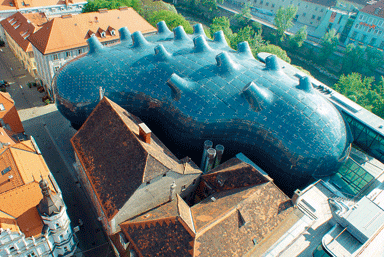
Spacelab, Peter Cook/Colin Fournier, Kunsthaus Graz am Landesmuseum Joanneum, Graz, 2000-3 Zepp-Cam Seidl

